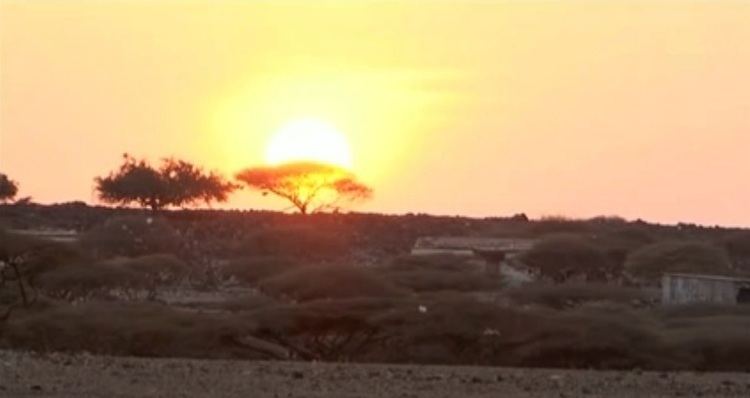ISO 3166 code DJ-OB Population 37,856 (2009) | Area 4,700 km² | |
 | ||
The Obock Region (Somali: Gobolka Obock, Afar: Obock Rakaakay) is a region in northern Djibouti. It has a land area of 4,700 square kilometres (1,800 sq mi), and had a population of 37,856 in 2009.
Contents
Map of Obock, Djibouti
History
In the mid-19th century and earlier, Obock was ruled by Somali and Afar Sultans, local authorities with whom France signed various treaties between 1883 and 1887 to first gain a foothold in the region. The French developed Obock as a colonial port, while the Italians maintained a port to the north of Obock at Assab.
Obock region became a separate administrative entity in 1927, with Michel Azenor appointed as chief.
Geography
The region covers an area of 4,700 square kilometres (1,800 sq mi). It is bordered by Eritrea to the north, the Tadjourah Region to the southwest, and the Red Sea and Gulf of Aden to the east. There are several salt-lakes on the road to Tadjoura.
The regional capital is Obock, which is positioned on the Gulf of Tadjoura littoral. The city has a functional airstrip and offers regular ferry services to Djibouti City. Other notable towns include Daddato, Khor Angar, Andali, Bissidiro, Moulhoule, Alaili Dadda`, Waddi, Lahassa, Egahlou and Ribta.
Climate
Elevations play a major factor in temperature, with the escarpments and plateaus on average 16°C (61°F) cooler, day or night. The climate of the coastal strip is influenced by warm ocean waters, keeping the closest parts free from extremes highs and providing occasional rainfall. The overnight lows in the highlands - the western half of the region - drop to about 61–76 °F (16–24 °C).
The annual mean statistics for some Tadjoura Region centres is shown below:
